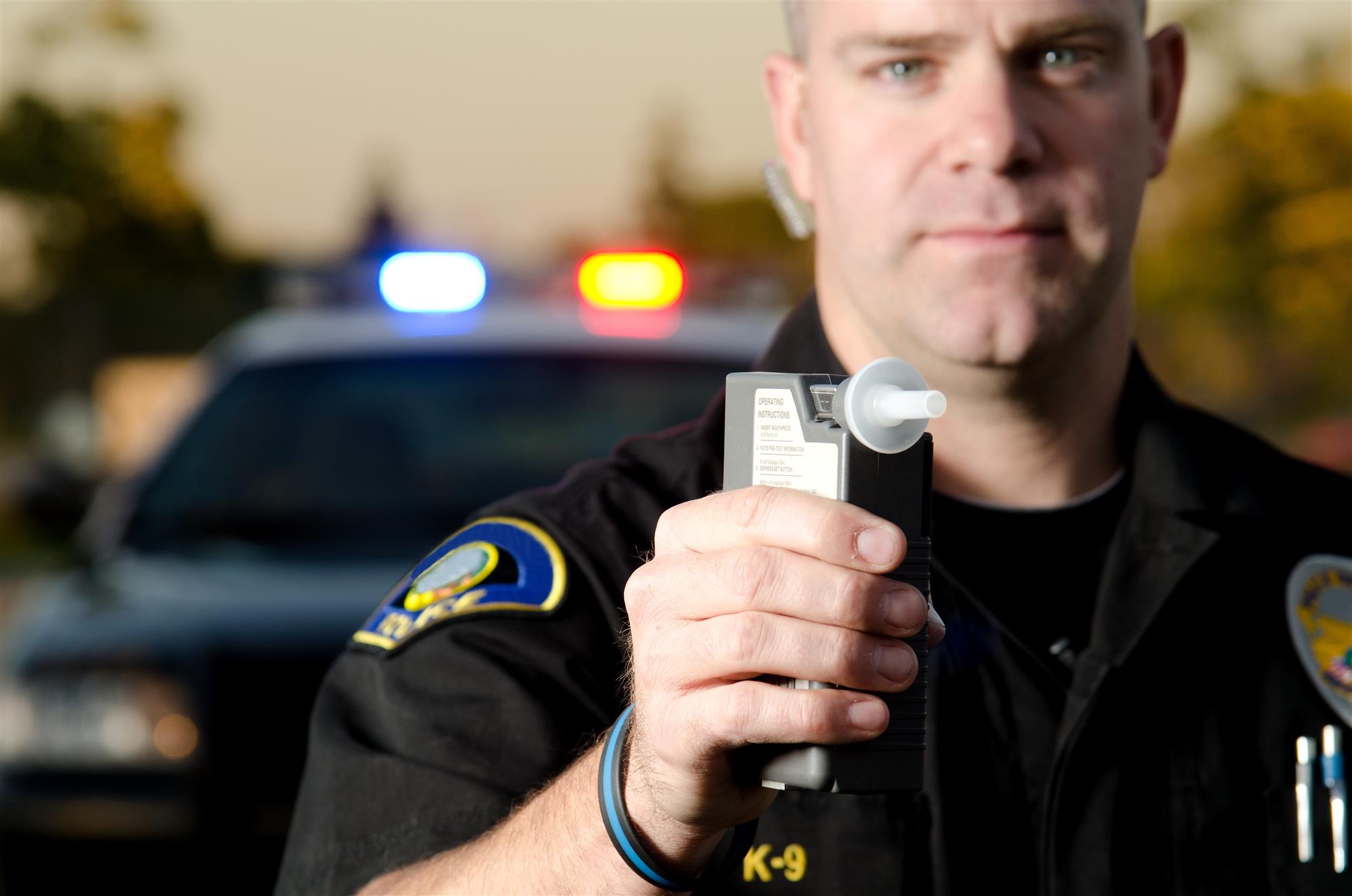
In the early 1900s, as automobiles were starting to be mass-produced and made more affordable for everyone, the issue of driving under the influence (DUI) began. DUI laws were fairly simple in those times.
However, even though there was a period of prohibition that started in 1920 and lasted until 1933 when all alcohol was illegal, there was no effective DUI screening test at the time. As a result, many people charged with DUIs had their charges overturned.
With alcohol being made illegal, people turned to various drugs that were legal, including cocaine, morphine, heroin, and chloroform, which they could purchase from their drugstore. So began the issues of driving while under the influence of drugs. Yet, there were no DUI drug laws in effect, so people were never charged.
After prohibition was repealed, DUI once again became an issue. In 1938, the first testing device was invented, called the “Drunkometer.” It was designed to test for blood alcohol concentrations (BACs) of 0.15% or higher.
In the 1950s, the breathalyzer was invented and allowed police officers the ability to conduct a field sobriety test. Even with these devices, DUIs were still focused on alcohol and not impairment from drugs.
Addressing the Increase in DUIs
DUI laws pretty much remained unchanged until the 1970s. As more and more people could afford cars, there was an increase in the number of drivers on the roads. DUI laws were gradually changed where the legal drinking age changed from 18 to 21.
In the 1980s, BACs were lowered to 0.10% and reduced to 0.08% in the 1990s. Even with these changes, when someone was caught and charged with a DUI, there really weren’t any serious consequences.
The drunk driver would spend the night in jail until they sobered up, appear in court, and pay a fine. They might have some points added on their driver’s license for the offense, but that was about it, as long as they did not damage property or injure another person.
It wasn’t until the 2000s that states started creating stricter DUI laws. The new laws resulted in mandatory license suspensions, costly fees, and mandatory jail time.
Issues Law Enforcement Agencies Face Today
Today, many states have “Zero Tolerance” laws geared toward drivers under the age of 21—meaning if you are found with any level of alcohol or drugs in your system, you can be arrested for a DUI. With the new laws, one of the biggest challenges facing law enforcement agencies is establishing legal limits for driving while impaired by drugs.
With more and more states making recreational marijuana legal, there have been changes to DUI laws. There is a debate about what constitutes impairment from using marijuana. Additionally, impairment from prescription drugs and other illegal drugs further makes updating laws more complex.
Furthermore, the development of field sobriety tests to screen for drugs is still being developed, along with educating police officers on signs of driving under the influence of drugs. The best way to avoid getting in trouble for a DUI is to not drive or ride with anyone who is under the influence.

How to Learn About Current DUI Laws in Texas
One of the easiest ways to learn about current DUI laws in Texas is with a Texas-approved defensive driving course online. This course teaches you about all current driving laws and how to be a better defensive driver. It could even help you spot signs of an impaired driver.
Completing the state-approved defensive driving course could qualify you for an insurance discount too! To learn more about this online course or to enroll, please feel free to sign up on our website. If you have further questions or need help selecting the right course, contact us at (800) 558-9887 today!
